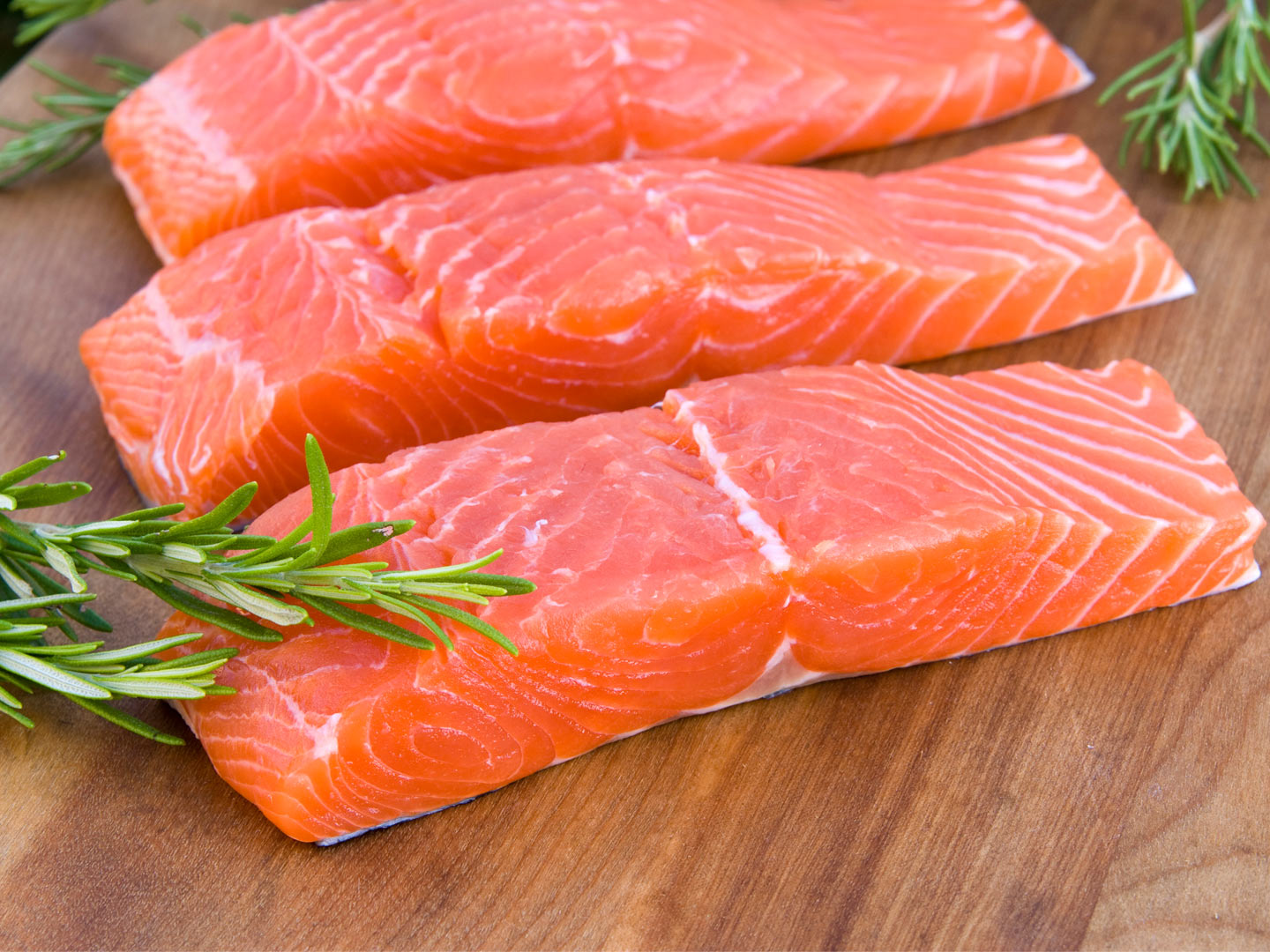
Beware: U.S. Salmon May Be Crawling with Japanese Tapeworm, Say Scientists
Beware: U.S. Salmon May Be Crawling with Japanese Tapeworm, Say Scientists
A recent study by the U.S. Centers for Disease Control and Prevention (CDC) has brought a startling health risk to light. Researchers found that wild salmon from the Alaskan coast may be infected with the Japanese broad tapeworm, a parasite previously thought to be exclusive to fish in Asian waters.
This finding suggests that the parasite, Diphyllobothrium nihonkaiense, could be present in salmon caught anywhere along the North American Pacific coast. For those who enjoy raw or undercooked salmon in dishes like sushi or sashimi, this discovery raises serious health concerns.
The Japanese Tapeworm: What You Need to Know
The CDC study examined 64 wild salmon from five different species and found that pink salmon harbored Japanese broad tapeworm larvae. These parasites can grow to a shocking 30 feet inside a human digestive tract if the infected fish is consumed raw or improperly cooked.
The CDC warns that four species of Pacific salmon could be hosts to this parasite:
-
Chum salmon (Oncorhynchus keta)
-
Masu salmon (O. masou)
-
Pink salmon (O. gorbuscha)
-
Sockeye salmon (O. nerka)
Symptoms of a Tapeworm Infection
The symptoms of a tapeworm infection in humans are often subtle and can be easily mistaken for other conditions. Some people may not show any symptoms at all. When symptoms do appear, they can include:
-
Abdominal pain
-
Diarrhea and gas
-
Fatigue
-
Unexplained weight loss
-
Vitamin B12 deficiency
In rare, severe cases, a massive infection can lead to an intestinal obstruction or gallbladder inflammation.
Prevention and Treatment
To kill the parasite, salmon must be either thoroughly cooked or completely frozen. Simply placing the fish on ice, as is common practice during transport, is not enough to kill the parasite. If you eat sushi or sashimi, it is safest to assume the fish has not been properly frozen unless the restaurant confirms it has. If you suspect you have an infection, a doctor can perform a stool test to confirm it and prescribe medication to eliminate the parasite.
Wild vs. Farmed Salmon: A Look at the Health Differences
While the risk of a parasite is a concern with wild salmon, it's also important to consider the potential health risks associated with farmed salmon. Here's a comparison to help you make an informed choice.
Wild Salmon
Wild salmon lives in its natural environment and has a lean, firm texture. It is an excellent source of omega-3 fatty acids, which are beneficial for heart health and brain function.
Farmed Salmon
Farmed salmon is raised in crowded fish farms called aquacultures. While it is a good source of omega-3s, studies show it may pose several health risks:
-
Contaminants: Research indicates that farmed salmon contains higher levels of toxic pollutants like PCBs (polychlorinated biphenyls) and dioxins, which are linked to an increased risk of cancer and other health issues.
-
Antibiotics: Due to overcrowded conditions, farmed fish are often given antibiotics to prevent the spread of disease, which can contribute to antibiotic resistance in humans.
-
Artificial Coloring: Farmed salmon is often artificially colored to achieve the vibrant pink hue of wild salmon, which is naturally obtained from a compound called astaxanthin.
-
Lower Nutritional Value: Compared to wild salmon, farmed salmon tends to have a higher fat content but lower levels of essential nutrients like Vitamin A and Vitamin D.
How to Tell the Difference
When you're at the grocery store or a restaurant, you can often tell the difference between wild and farmed salmon:
-
Color: Farmed salmon is typically a lighter, almost orangey-pink, with a less rich hue than wild salmon.
-
Fat Marks: Wild salmon is very lean, so the white fat lines in the meat are thin. Farmed salmon will have thicker, more prominent fat marks.
-
Labeling: Wild salmon will almost always be explicitly labeled "wild." If the package or menu simply says "Atlantic Salmon," it is likely farmed.
The Bottom Line
When possible, choose wild salmon to get the most nutritional benefits and avoid the risks associated with farmed fish. If wild salmon is not available, it's still possible to get some benefits from farmed salmon, but you may want to limit your consumption. Regardless of the type of salmon you choose, be sure to cook it thoroughly or ensure it has been properly frozen to eliminate the risk of parasites.
News in the same category

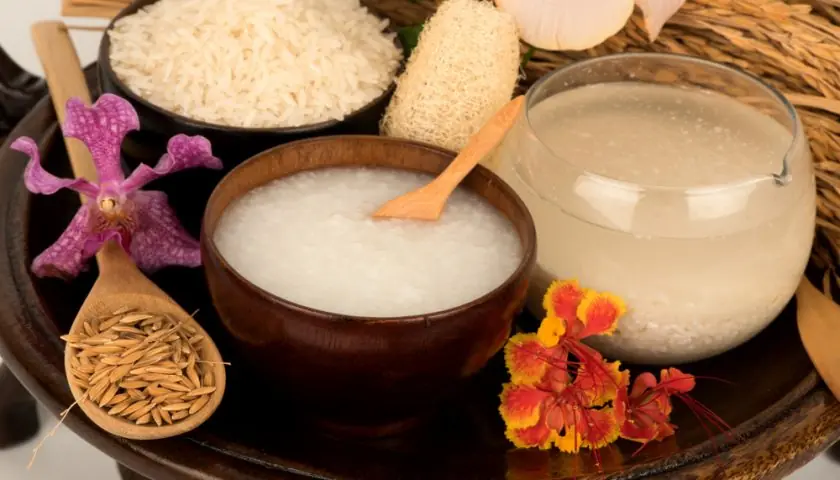
How to Use Rice Water for Gorgeous Hair and Skin (Detailed Instructions)

Colon Cleansing: How to Naturally Flush Your Colon at Home (Science-Based)

3 Morning Symptoms That May Signal the Onset of Canc3r

"8 abnormal signs warning of c3rvical canc3r that women need to recognize early"

If you don’t correct these 5 harmful eating and drinking habits right away, sooner or later your esophagus will also be “ravaged” by cancer cells.

If Your Feet Swell It Is a Clear Sign

Nose Picking What This Taboo Habit Really Reveals About Us

Everyday Habits That Can Cause a This Issue To Your Hands
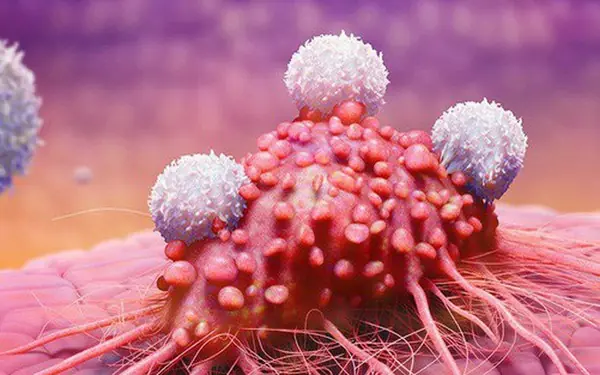
Why Liver Cancer Is Often Detected Late – Important Warning Signs You Shouldn’t Ignore

If You See Someone with Prominent Green Veins, Make Sure to Tell Them This – It Could Save Their Life

How to Safely Remove Super Glue (502) from Your Skin Without Tearing It

3 Unusual Signs in the Neck That Could Be Symptoms of Cancer – Don’t Ignore Them!

Consciousness Is Not Confined to the Brain, But Is Connected To The Whole Universe, Scientists Say

Study Finds People With ADHD Listen to Music Differently—Here’s How

Can I Get My Metabolism Back After Stopping Lexapro and Prozac?
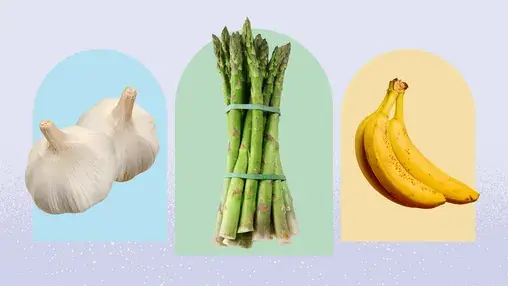
8 Foods High in Inulin to Eat for Better Gut Health

Proven Health Benefits and Uses of Thyme and Thyme Tea

Proven Health Benefits of Walnuts, How Many to Eat, and More (Science Based)
News Post

Why Your Legs Cramp at Night (And How to Fix It)

How to Use Rice Water for Gorgeous Hair and Skin (Detailed Instructions)
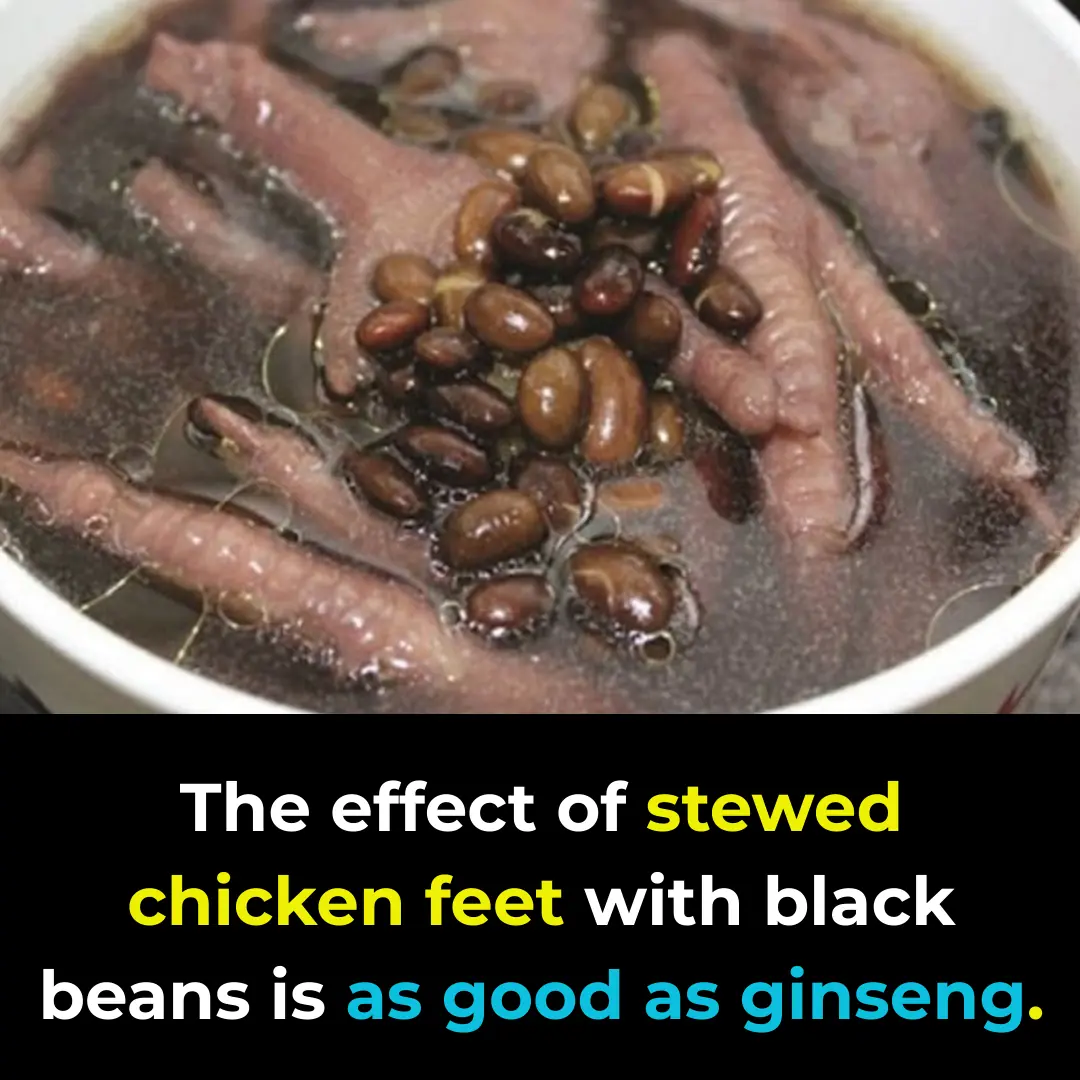
The Benefits of Chicken Feet Stewed with Black Beans – As Powerful as Ginseng

There are many cuts of beef, but only these 3 are considered the true “essence” – both chefs and butchers wholeheartedly agree!

Colon Cleansing: How to Naturally Flush Your Colon at Home (Science-Based)

Put this into a lemon and place it in the corner of your house – mosquitoes will stay away for good

3 Morning Symptoms That May Signal the Onset of Canc3r

"8 abnormal signs warning of c3rvical canc3r that women need to recognize early"

If you don’t correct these 5 harmful eating and drinking habits right away, sooner or later your esophagus will also be “ravaged” by cancer cells.

Is Your Air Conditioner Outdoor Unit Making Loud Grinding Noises? Use This Simple Trick to Make It Run Quietly Without Calling a Technician!
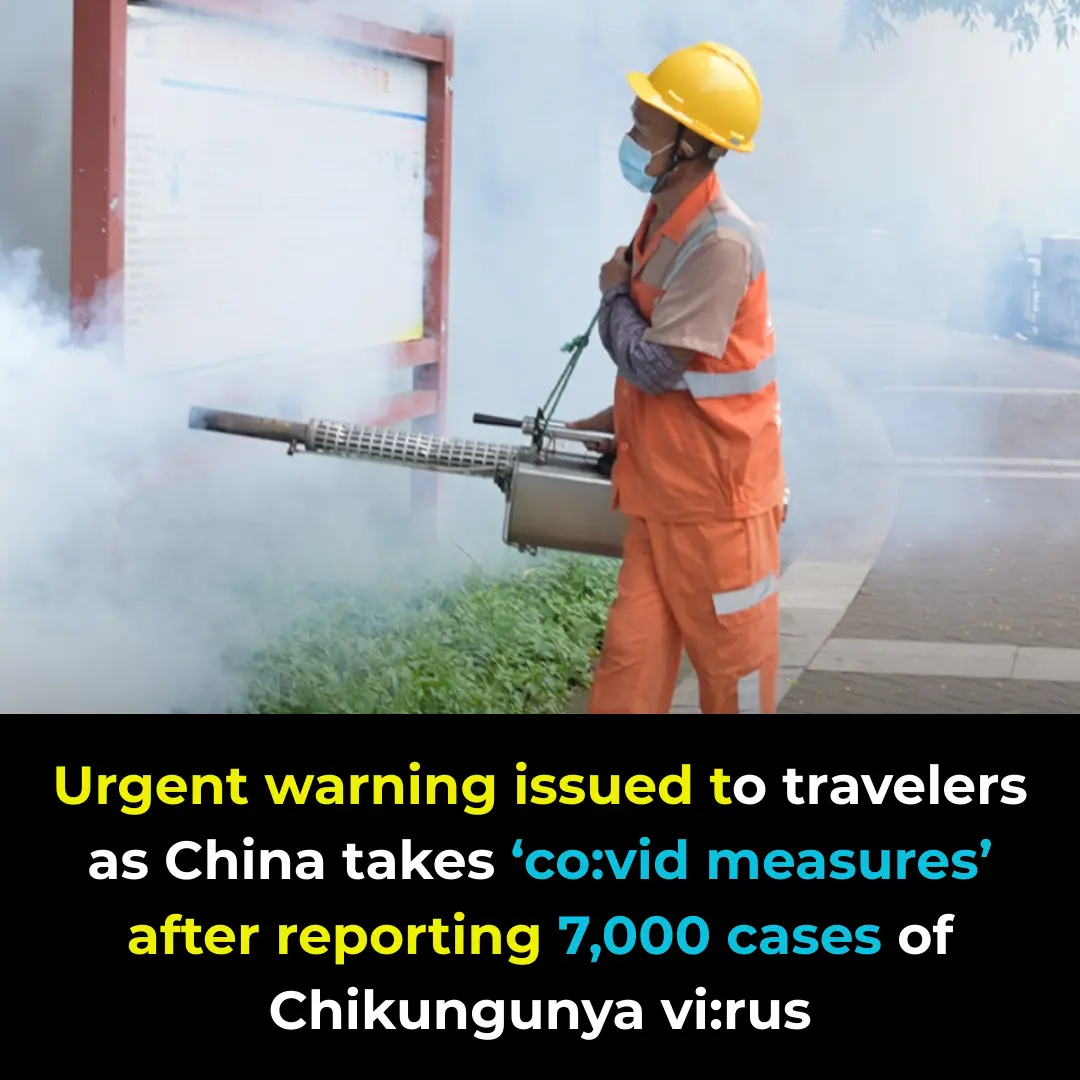
Urgent warning issued to travelers as China takes ‘covid measures’ after reporting 7,000 cases of Chikungunya virus

3 Effective Ways to Prevent Snakes from Entering Your Home Everyone Should Know to Protect Their Family

Signs to look out for amid Gordon Ramsay's health warning after undergoing cancer surgery

How to Handle Common Refrigerator Problems and a Surprising Lesson from American Toilet Habits

If Your Feet Swell It Is a Clear Sign

Why Doors in Public Bathrooms Don’t Reach the Floor

Nose Picking What This Taboo Habit Really Reveals About Us

Everyday Habits That Can Cause a This Issue To Your Hands

